Welcome to Algebra I: Simplifying Square Roots of Whole Numbers
This video provides a comprehensive guide to simplifying square roots of whole numbers. It reviews essential concepts like perfect squares and radicals, pivotal for understanding square roots. The lesson highlights terminology, including 'radical' and 'simplest radical form,' and emphasizes evaluation methods such as rewriting expressions as products of factors. This instructional content aligns well with Common Core standards for middle and high school mathematics, enhancing skills in problem-solving and critical thinking, crucial across various academic disciplines. Part of the "Welcome to Algebra I" series.
Media Details
Runtime: 16 minutes 18 seconds
- Topic: Language Arts, Mathematics, Social Science
- Subtopic: Algebra, Critical Thinking, Mathematics, Problem Solving
- Grade/Interest Level: 7 - 12
- Standards:
- Release Year: 2014
- Producer/Distributor: PBS Learning Media
- Series: Welcome to Algebra I
- Report a Problem
Available Resources
Related Media
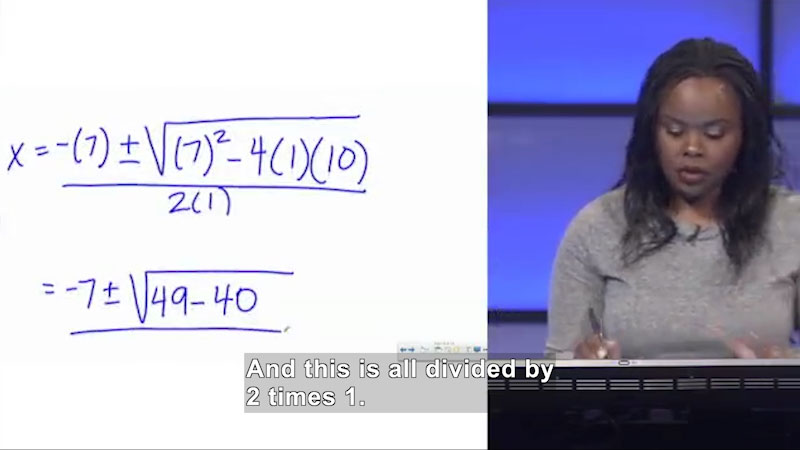
Welcome to Algebra I: Solving Quadratic Equations Algebraically
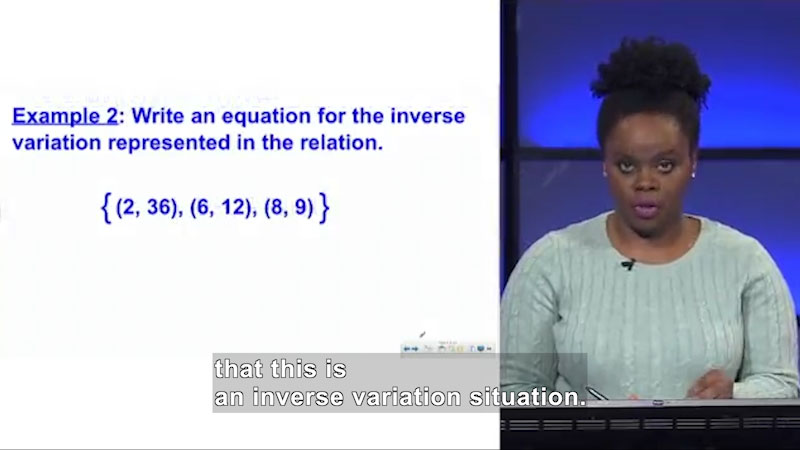
Welcome to Algebra I: Representing an Inverse Variation Algebraically

Welcome to Algebra I: Properties of Inequality
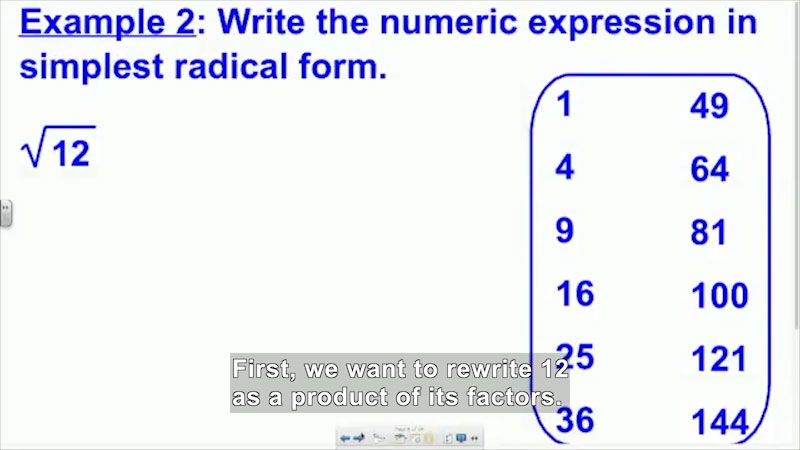
Welcome to Algebra I: Simplifying Square Roots of Whole Numbers
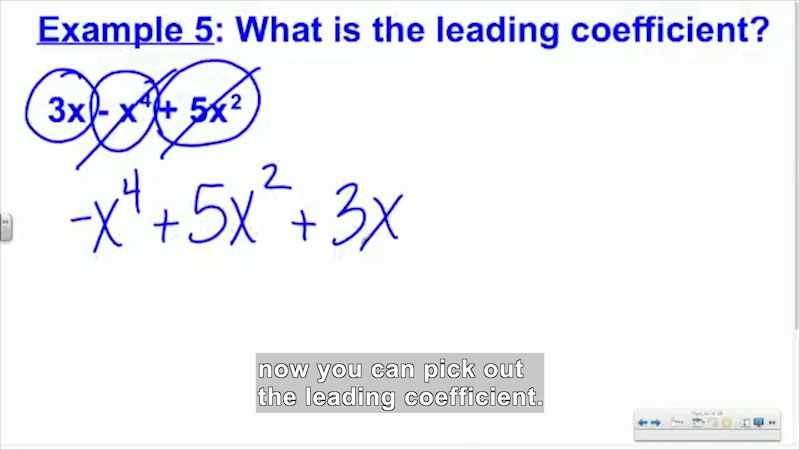
Welcome to Algebra I: Introduction to Polynomials
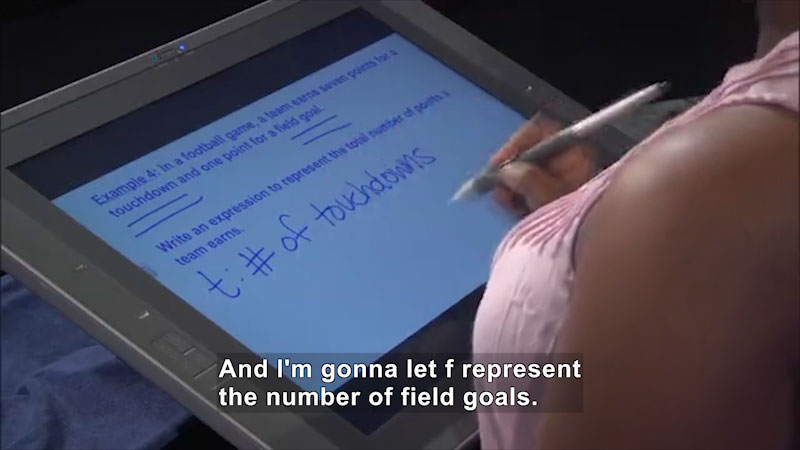
Welcome to Algebra I: Modeling Real-World Situations
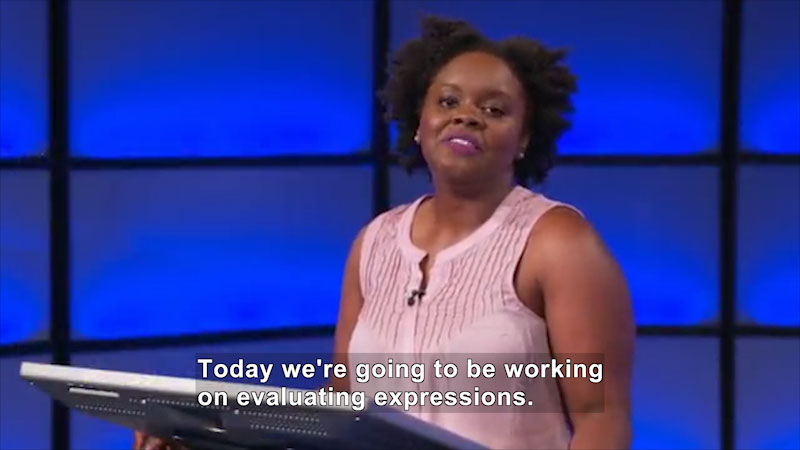
Welcome to Algebra I: Evaluating Expressions
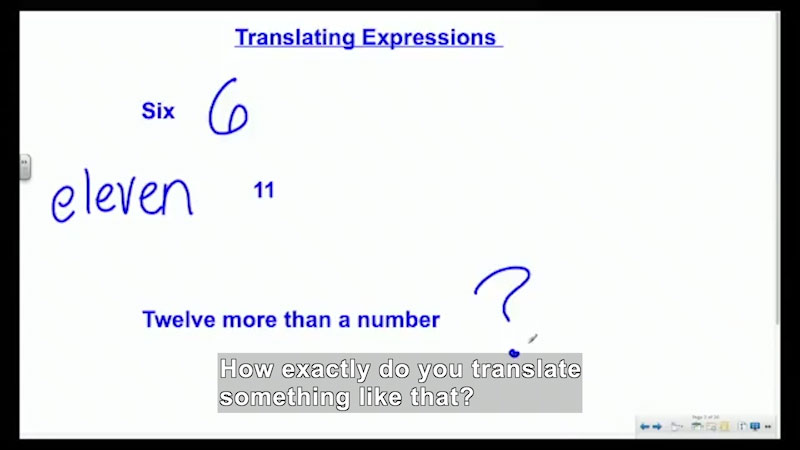
Welcome to Algebra I: Translating Expressions
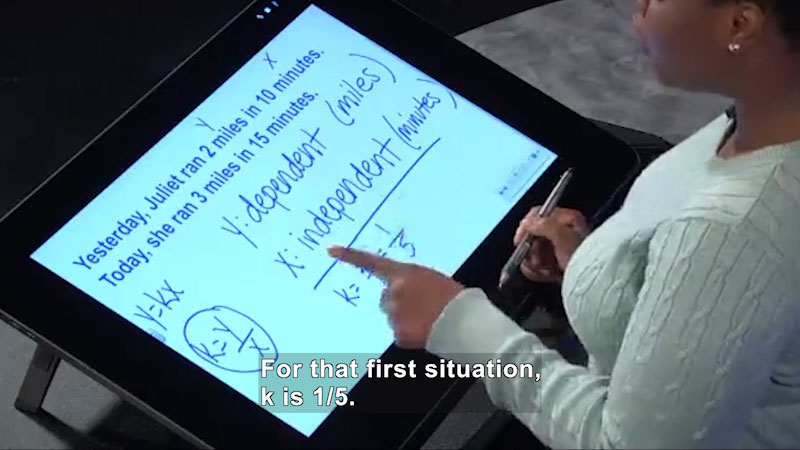
Welcome to Algebra I: Determining if a Direct Variation Exists
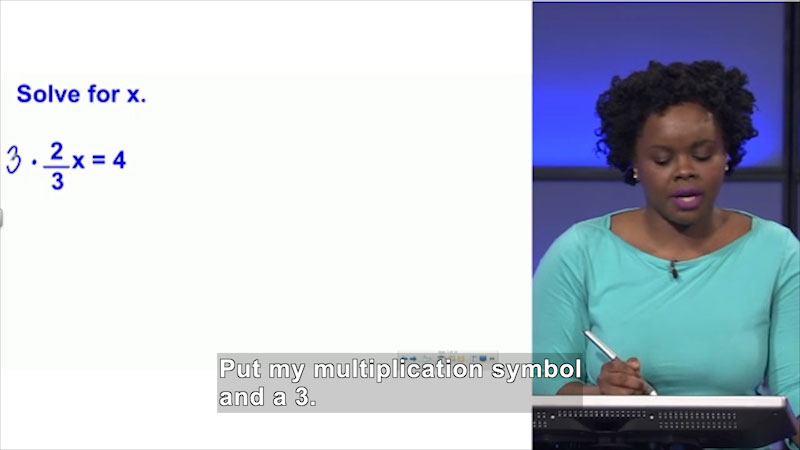
Welcome to Algebra I: Solving Literal Equations
